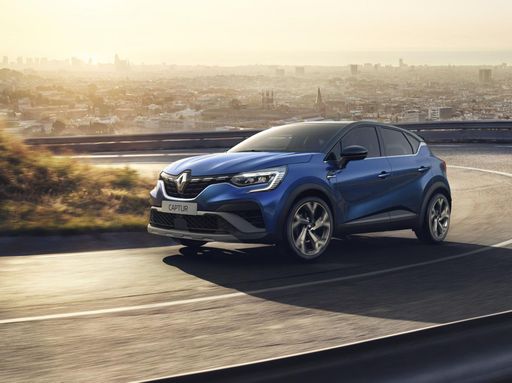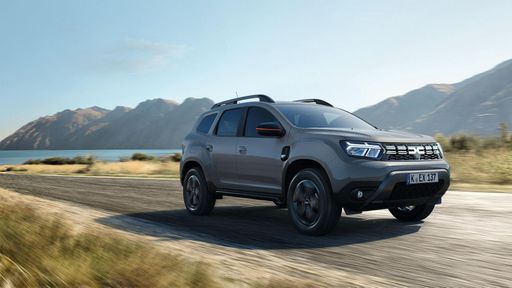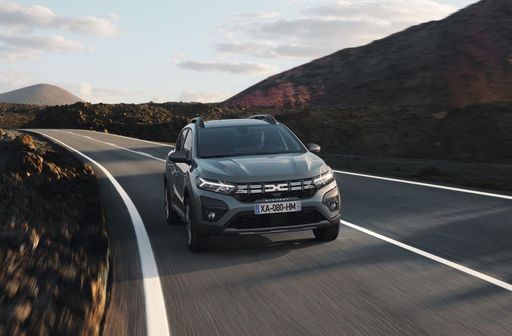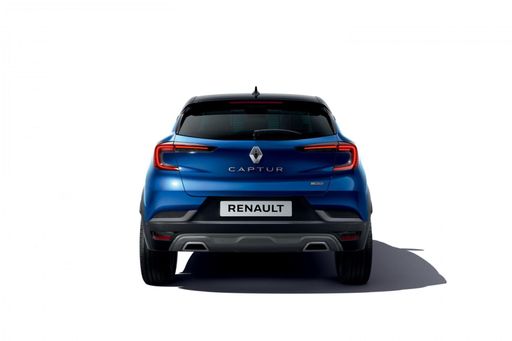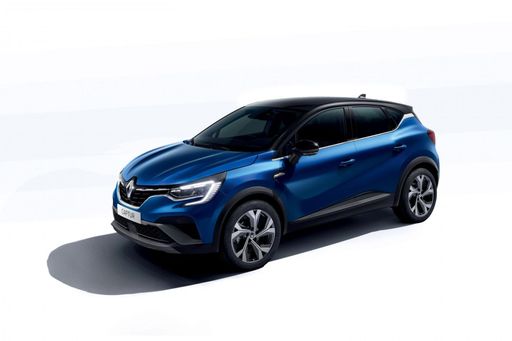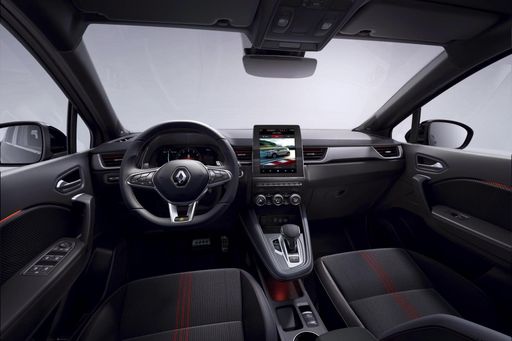Dacia Duster vs Renault Captur: A Comprehensive Comparison
When it comes to affordable SUVs, the Dacia Duster and Renault Captur stand out as popular choices in the automotive market. Both models boast a range of features, performance capabilities, and innovations aimed at enhancing driver experience. In this comparison, we will delve into the technical aspects of each vehicle and highlight the key differences that could sway potential buyers.

